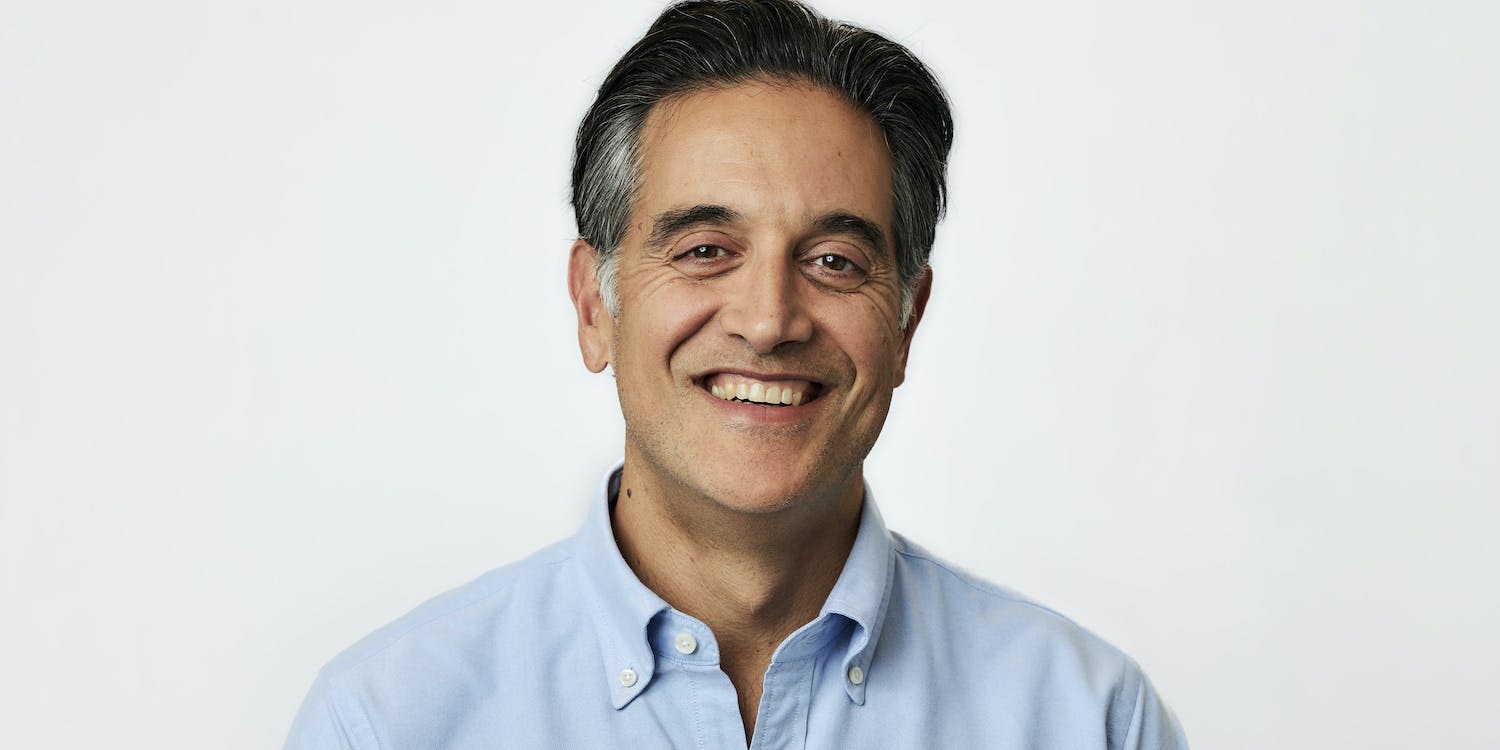Bringing the personal connection back to public health

Topics
Until around the 1930s, United States "Poor Laws" guaranteed medical care for those who could not afford to pay out of pocket. Town budgets directly paid the doctors, nurses, landlords, butchers and other tradespeople that patients had chosen to care for them. Then, the US linked healthcare coverage to the workforce—and everything changed.
Below, Dr. B’s founder and CEO, Cyrus Massoumi, reflects on how our online medical consultations bring a personal touch back to the healthcare experience. Plus, why he hopes other telehealth companies will follow our lead.

Growing up, I heard stories about how my maternal grandfather became a doctor during the 1918 flu epidemic. He worked in his private practice a few days a week and saw people in his non-profit clinic a few days a week—the private practice subsidized the non-profit clinic. It was the right thing to do, he was in a position to do it, and he was willing.
Then Linda Fried, Dean of Columbia’s Mailman School of Public Health, told me her grandfather was a New York City doctor who, from 1914 to the 1930s, worked in his private practice four days a week and treated people for free one day a week. “He was not alone—many physicians did that,” Linda shared.
Before we had a public health system, doctors took healthcare into their own hands.
Today, we're worse off in many respects. As doctors joined large health care systems, they lost the autonomy to direct care. Now, administrators deny insurance claims or make it difficult for them to get approved. That’s why many public health metrics we look at—like the number of uninsured American adults reaching a record low of 7.7%—are deceptive.
In reality, only around 20% of people with health insurance coverage meet their annual deductible. Most deductibles are over $500, yet most Americans can't afford a $500 charge. This suggests that people can't get care even when insured—they're putting their families on the brink of bankruptcy when they go to the doctor or emergency room. How can that make you feel better? With an un-transparent pricing experience, maybe you feel better physically, but mentally you feel worse.
So, are you better or worse in the end?
As a country, we spend 18% of our GDP on health care—half of that goes to federally sponsored programs. For the rest of the world, that half treats their entire population! So, something is messed up here. But large health systems act as though they give away massive amounts of care. One representative proudly told me that out of their $8 billion operating budget, they give away $20 million in free care every year. That's not going to cut it.
When I speak to physicians today, most would sign up for a system where paying patients subsidize care for non-paying patients. But we’re so far removed from doctors being able to make such choices. The government clearly cannot solve this problem. And the incumbents have no incentive to make less money in the short term for improved health outcomes in the long term. Those of us in a position to make those decisions have to think like doctors of yore used to think.
The disruptors have to be the ones to take care of everybody.
The healthcare industry talks a lot about fixing doctor shortages. At Dr. B, the solution is to make doctors only do what only doctors can do. We should be able to solve everything else—that’s how we’ll get out of this healthcare shortage.
The first step is to offer convenient online treatment. Americans book around 900 million medical appointments and fill five billion prescriptions yearly. A decent chunk of those appointments are for people who know what health condition they have or what prescription refill they need. But a doctor has to check and provide treatment. With our current technological framework, those appointments are almost unnecessary. Patients can get their prescription treatment online with our high-quality consultations, removing that burden for physicians and barrier for patients.
We have yet to see other telehealth companies recognize this efficiency, take it further, and give back. Most online doctors offer overpriced Viagra, which misses the mark. I hope they follow our lead and start thinking about how they can treat everybody, not just those who can afford to pay ten times the cost of one medication.
Secondarily, to disrupt the status quo, you need a cheaper and more efficient offering for those who can’t afford health care and those who can. We priced our consultations at $15—lower than 99% of insurance copays—so there’s no reason someone won’t come to us for treatment. (Other than those who have complex primary care needs.) The people who get a doctor's consultation online with Dr. B and pay the $15 fee help us offset the cost for those who can't afford the virtual visit. I'm thankful for those paying people. We need them.
It's also essential that our $15 cost is transparent and upfront. With most in-person and digital services, you have to get deep into the experience to discover their pricing model—and you’ll only be negatively surprised by the cost. The federal government is going after greater healthcare transparency, which may help. But we've kept our $15 price point everywhere in the country—even though our costs differ from state to state—because we want to be upfront and rebuild patient trust in health care.
The wait time to access care is another frustration. No one likes to wait on hold or in a doctor’s waiting room. No one wants to sit through a weekend getting progressively sicker. Providing care seven days a week is essential to Dr. B, as is offering treatment in under three hours—and often within an hour.
The final element is closing the loop for the patient. Back in the day, a doctor would follow up to see how you fared post-treatment. Today, doctors are busy, and there's no insurance reimbursement code for them to follow up. As a patient, you play phone tag or there’s no follow-up, and you lose autonomy in directing your treatment path. Our digital format allows continued communication between provider and patient. Sure, you’re not seeing your doctor in person. But it reintroduces some element of humanity back into the experience.
Patients in all 50 states can now get quality online care through Dr. B. But we're only at the beginning. Looking to the future, providers need to seamlessly navigate patients to a path of care that will help them feel better now and in the long term. How do you guide someone through that journey without making it overly burdensome? That’s what we’ll continue to develop—services patients most need and want.
There's a lifetime of expansion ahead. We can’t wait to see what the future will bring.
Topics
Sign up for the free Dr. B newsletter for a weekly report on the latest in healthcare + research-based advice for staying healthy and mentally well.